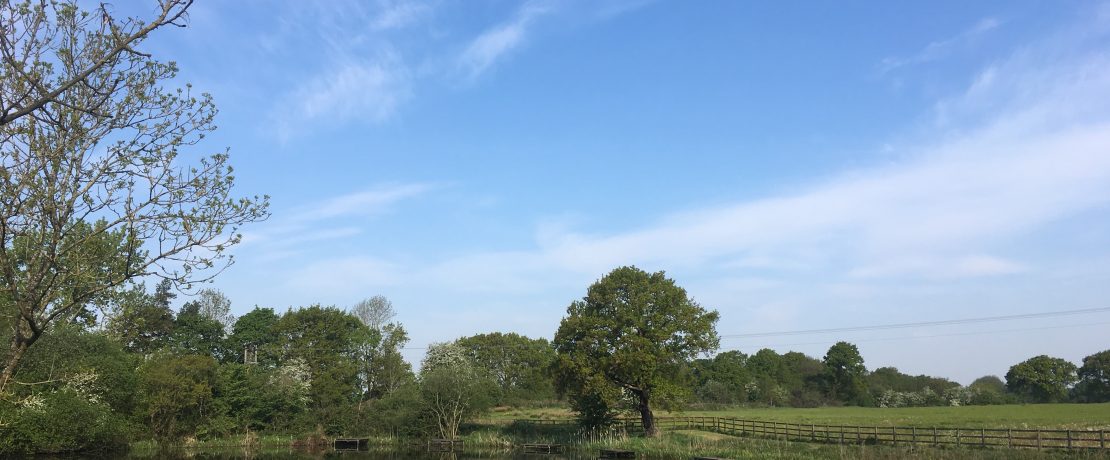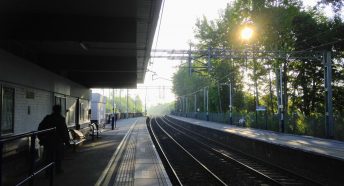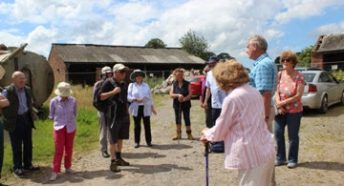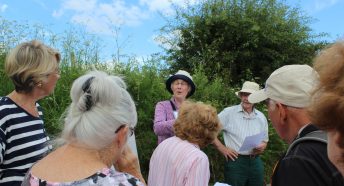Northern Powerhouse Rail
Northern Powerhouse Rail is an important opportunity to increase rail use and connectivity across the North of England. However, ensuring that new investment makes best use both of existing infrastructure and protects currently unspoilt countryside.
Increasing rail connectivity across the North is a positive concept. We are delighted to see proposals which focus on facilitating an increase in rail travel as opposed to building more roads; the proposed lines will go some way to levelling up the imbalance between rail infrastructure and connectivity between Northern cities compared with those in the South East.
Northern Powerhouse Rail (NPR) now forms part of the Government’s ‘High Speed North rail plan’, which would see the NPR project delivered alongside the northern phase of HS2.
It is vital that the route selected for NPR makes use where possible of existing lines (such as the line which supplied Fiddler’s Ferry coal fired power station – now closed) to minimise the impact on undeveloped land whilst improving connectivity.
It currently appears that HS2 Phase 2a will finish just south of Crewe, at which point, some classic compatible trains will continue on existing lines as part of NPR, destinations including:
- to Liverpool via Runcorn
- to Manchester via Stockport
- to Wigan via Warrington
CPRE Cheshire will be responding to the consultation from the National Infrastructure Commission, which closes on 29th May, and will be highlighting the alternative link through Cheshire which is based on upgraded existing infrastructure.
There are many benefits to this route, from protecting the Nationally Siginificant Gas Storage facility, saving a village school which might otherwise have to close (Wimboldsley, near Middlewich), and saving the need for a number of very costly and disruptive schemes including major road re-alignments and disruption to local businesses in Mid-Cheshire. Additionally, this would protect ancient woodlands such as Winnington Wood, would mean that thousands of acres of farmland across the fertile Cheshire Plain can continue to feed the nation, and remove the threat to the Cheshire showground.
CPRE has long worked to highlight the issue of unstable land across the Mid-Cheshire brine fields (see our previous article on this issue); avoiding this area would mean that significant financial savings could be made, as well as protecting some of Cheshire’s most attractive ‘ordinary countryside’ alongside the River Dane and Trent and Mersey Canal. The header image shows the Flashes at Whatcroft, on the proposed route for HS2. Flashes are a distinctive Cheshire landscape type caused by uncontrolled brine pumping, leading to subsidence. The engineering challenges in routing HS2 across a landscape characterised by undulating land which is subject to frequent subsidence issues are major!
If you would like to get involved with CPRE’s campaigning work on High Speed Rail, please contact us for more information.








